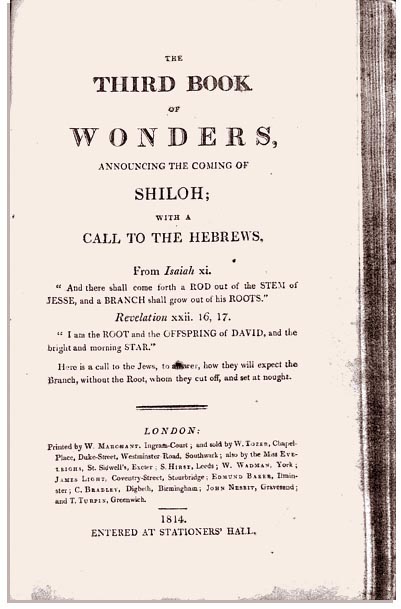I was first drawn to The Desert Queen by Doris Leslie by its shockingly awful cover. Mine is a ‘Book Club’ reprint and it looks like a pencil sketch by a reasonably talented fourteen-year old with the title slapped anywhichway in an almost unreadable ‘fun’ font. Drawn in by the amateur cover, the blurb sounded interesting, telling the life of Hester Stanhope, the niece of Pitt the Younger who then went off and became a powerful figure in Syria and Lebanon. She had a cameo appearance in Ian Kelly’s Beau Brummell and so I thought I’d find out more and read the book.
This is one of those odd kind of platypus histories, describing itself as a ‘biographical study’ and reassuring the reader in the preface that it is all true, the book then dramatises Stanhope’s life, including all sorts of things nobody could know. At the same time, it wasn’t committed enough to the storytelling aspect of the book to be crafted and shaped into a satisfying novel.
It’s a shame because Hester Stanhope’s life would make a phenomenal biography, and a shaped version of it a phenomenal novel.
Niece to Prime Minister, Pitt the Younger, she kept house for the bachelor at ten Downing Street where she stunned with her intelligence and quick wit. Despite being a much sought after bride, she shrugged off all proposals and maintained her independence. After the death of Pitt, her brother and the man she was most likely to marry, she decided to travel to put her troubles behind her. The usual Grand Tour was off the cards due to war, so she went further, dragging her maid and a smitten and devoted doctor. She also picked up a toy-boy on the way whom she was openly having sex with but never married.
Shipwrecked without clothes, she donned male Turkish dress and continued her journeys. She was lavishly welcomed everywhere she went and became something of a legend, as an androgynous figure who wasn’t afraid of anyone or anything, she kept guns and a sword on her belt. She was led by a growing belief in a prophecy that she was to become the Queen of the Jews. The prophecy was by Richard Brothers, who would later be regarded as the first in a line of eight prophets that included Joanna Southcott and ended in Mabel Balthrop, or Octavia of the Panacea Society.
‘Crowned’ in Palmyra, the first European woman to go there and celebrated in Damascus, she used her contacts to wipe out a tribe who had killed a visiting European before setting up a base in Lebanon. Growing older (and possibly suffering from dementia) her followers left her, often stealing as they went. Her funds run out and she died a withered hermit on a distant hill - it’s a sad ending.
Her successes came from her looks, her charm and her sheer brazen imperiousness. I don’t think any telling of her story could make her seem like an easy person to get along with, she simply considered herself above others and through force of will made other people consider that too. She was an advocate for freedom yet kept slaves; she bankrupted herself feeding the poor and needy yet whipped those slaves brutally; she loved ‘her people’ but definitely considered them hers.
The Desert Queen spends a lot of time dealing with the relationship between Stanhope and her boy toy Michael Bruce. The two have a passionate sexual relationship and (in this book at least) Hester desires to become his all. She demeans and belittles him, ignores his advice and generally regards him to be all consumed by her. For a while he is but as they go further and further away from the world they know, and as Hester becomes more and more taken in by her own legend, this falls apart. The book deals with this by having dialogue of their arguments for the central hundred pages or so of the two-hundred page book.
It may be easier if the writing was slightly less painful to read. Here is a typical quote;
“Her eyes narrowed in appraisement of her beauty; although not strictly beautiful, she emanated beauty as did the rose whose perfumed heart he sensuously inhaled.” Also, characters (particularly at the beginning of the book) tell each other big chunks of information that the person they are talking to already knows - it’s like a Chibnall Doctor Who. Then there are all the things that the author can’t possibly know; a character taking crumbs of cake out of his pocket to feed a swan, a scorpion in bath water, a flutter of the eyes as a character remembers some past bit of exposition. The only footnotes are references to other works by the same author.
As a result, this book has bad scholarship, bad writing, doesn’t flow at all and makes a fascinating story utterly dull. I don’t recommend it very highly.
















,_Devonshire_Characters_and_Strange_Events.png/602px-Southcott_(Second),_Devonshire_Characters_and_Strange_Events.png)